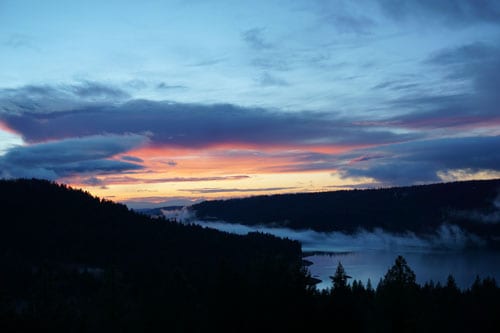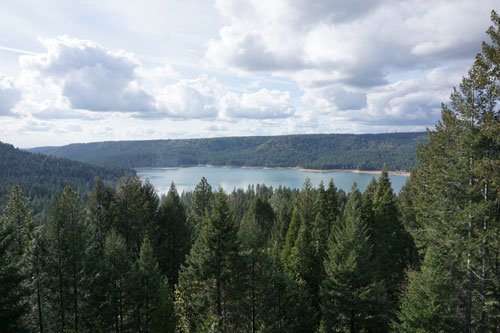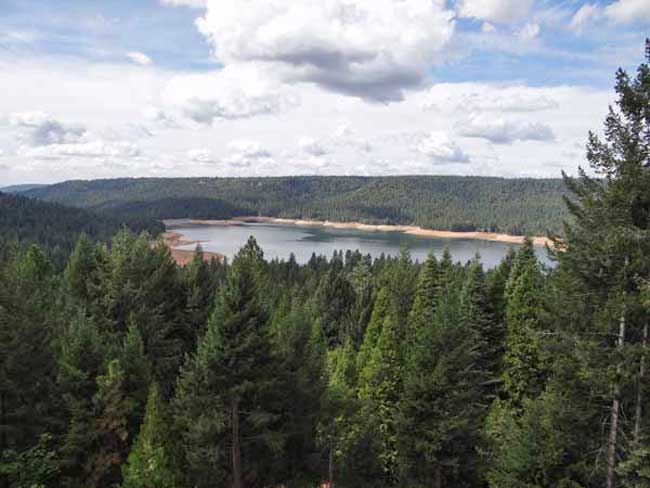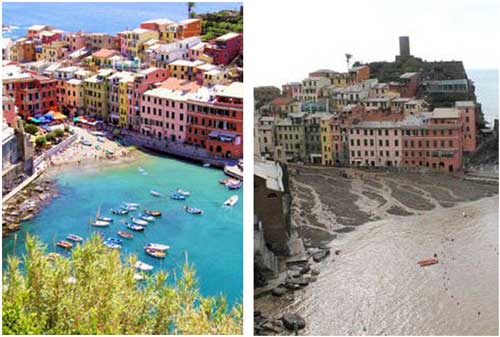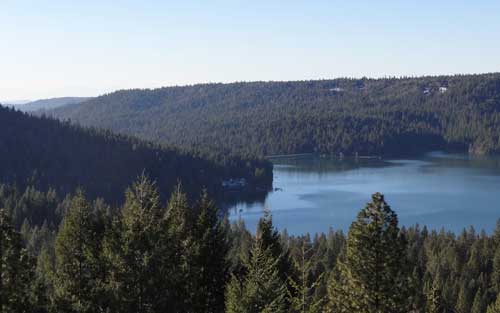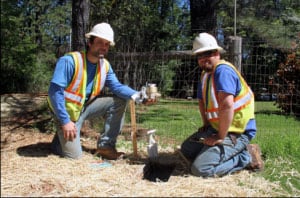Rising sea levels and climate change are putting a significant number of homes at risk of tidal flooding, according to a report released Monday by the Union of Concerned Scientists. The report warns that up to 311,000 coastal homes and about 14,000 commercial properties will be at risk of chronic flooding within the next 30 years. By the end of the century, the UCS says that number will increase to 2.4 million homes—valued at about $912 billion—and 107,000 commercial properties—valued at $152 billion.
The UCS’s study used three sea level rise scenarios to determine how many residential and commercial properties along the entire coastline of the lower 48 are at risk of becoming chronically inundated by high tides (which they defined as flooding an average of 26 times per year or more). The scenarios were in the absence of any major storm.
The state with the most homes at risk by the end of the century was Florida, with about 1 million homes—or more than 10 percent of the state’s current residential properties. New Jersey follows with 250,000 homes at risk, followed by New York with 143,000 homes at risk. These three states were also identified as thse that stand to lose the most in home property values by year 2100: Florida risks $351 billion, New Jersey may lose $108 billion, and New York nearly $100 billion, according to the analysis.
“Not all affected communities will share the same experience,” says Erika Spanger-Siegfried, senior analyst in the Climate and Energy Program at the UCS and a report coauthor. “Some may see sharp adjustments to their housing market in the not-too-distant future; some could see a slow, steady decline in home values; and others could potentially invest in protective measures to keep impacts at bay for a few more decades. In any case, by knowing how much time they have before a significant number of properties will be regularly flooded, communities can start planning and implementing responses now, while they still have a range of options from which to choose.”
“U.S. Coastal Property at Risk From rising Seas,” Union of Concerned Scientists (June 18, 2018)
Error: Contact form not found.
.

